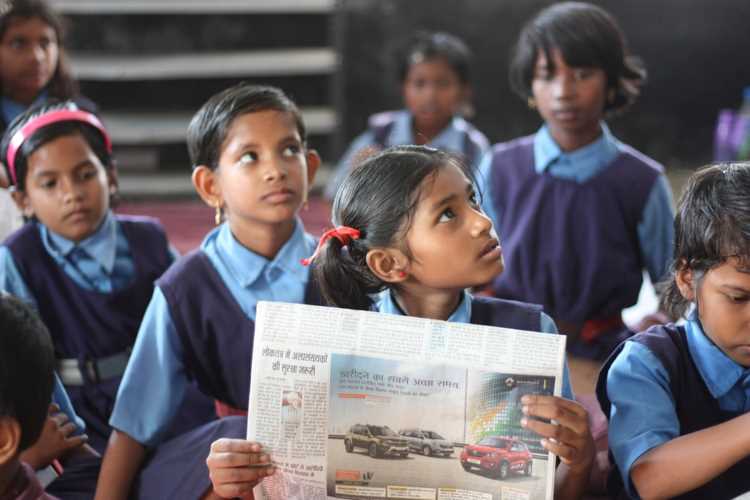
The world had a stock of wealth of about $360 trillion at the end of 2019. With global population at 7.2 billion, per capita wealth is $50,000. The world GDP last year was about $80 trillion. What we need to imagine is a fully collaborative world generating a tax to GDP ratio of 15%. What can we do with $12 trillion in 2021? That is indeed an interesting problem to solve.
We need to unleash our imagination to solve the world’s biggest challenges: health and education for all and safe housing for the bottom billion who are in unsafe habitats. What needs to be done to achieve this?
READ I Farm Bills 2020: Death warrant to mandis, end of small farms
A quick enumeration
- Standardise all rates of taxation across the globe in a range of 10-25 % for direct taxes, including gift, wealth and inheritance taxes, and between 5-12 % for indirect taxes.
- Digitise all tax frameworks and move from tax filings and assessments to tax determination.
Concentrate efforts of all tax regimes on simplicity, free exchange of information, an elimination of all tax havens and schemes for avoidance. - Provide an on-tap scheme for paying up all back taxes and get back to probity and zero tax litigation.
Empower all complex global tax payers with portals to track compliance in every jurisdiction. - Standardise all double tax avoidance schemes such that audited income pays tax at the maximum tax minus 5%.
- Blockchain all tax accounting so that the levy of tax gets automatically determinable.
- Remove all complexities and simply apply the tax rates to the audited income or turnover.
- Minimise all exceptions so that they may be easily identified and the zero rate applied automatically.
- Robotically audit all tax compliances globally through a global audit authority with global governance.
Converge all practices to the best systems found globally by an AI- ML algorithm.
READ I World Habitat Day: Irula tribe rehabilitation sets benchmark for community habitat
While all of these seem exotic and a bridge too far, thinking all over the world is moving in this direction. The pace is different in different stages of evolution and development, but the drift towards this is clear. Base Erosion and Profit Shifting, tax information exchange, tax determination entities, portals for tracking compliances and digitisation and automation are all afoot at a pace never seen before. We simply need to accelerate the convergence and share the best practices freely.
What can we do with $12 trillion in 2021? Some thoughts emerge in the direction of the Sustainable Development Goals.
- Establish a system of healthcare as opposed to sick care. The key elements of the new system would be:
- Get vaccines that protect against mutating viruses delivered at a democratised price point.
- Specify diet and personal hygiene protocols that are easy to implement. Where food and supplements fall short, a ubiquitous universal basic service be established to reach these necessities to the entire population.
- Simple and scaled-up immunity enhancers like plant extracts and a system to encourage living with plants in every home can be established.
- Conjoin meditation, light , regular exercise and yoga and a mental health improvement base can be established.
READ I Drawing a line: Protection of personal data in a digitised world
Diagnosis based on analytics of a human based on full genome and microbiome can target specific medications and a system of comprehensive health, treatment and operating interventions can make medical treatment far more effective. Add on robotic surgery, 3-D printed body parts and a system of ubiquitous insurance and health will be a common good. Around $3 trillion would be enough to get this done.
Education for all can be attempted through a 20-point programme outlined here:
- Multi-channel learning — digital and physical
- Alumni-led governance
- A device for every learner and Wi-Fi for all
- Best teachers to deliver value digitally
- VR-AR to innovate and bring every experience alive
- Personalised learning
- Continuous life-long need-based learning
- Situational learning UDACITY style
- Sharing research globally
- Sports as a mandatory availability
- Value-based soft power creation
- Blended teaching and learning
- Online ubiquitous availability of materials to facilitate learning
- Experiential, Socratic learning
- Sharing of all new knowledge
- Simplified content delivered uniquely to every learner
- Cocreation of learning and teaching materials
- Education for all as a fundamental delivery obligation
- Competitive teachers
- Peer group pressure to ensure best practice interactions.
- Another $4 trillion will deliver a superlative population ready to face every challenge.
READ I Kerala enters the critical stage in its fight against Covid-19
Finally, 3-D printed homes in every urban and rural setting where land is available and appropriately designed homes can be created at scale. The new normal post Covid will involve all the social norms which can be delivered at a price of $10,000 a home. Imagine the joy of millions at a value they will become capable of returning back as their health and education improves exponentially.
The remaining 14 sustainable development goals can be implemented as well-designed private initiatives, given the opportunity provided by the balance $75 trillion that the world population will generate and spend/ invest! What a glorious future awaits us if only we can switch our mindset to abundance.
(Shailesh Haribhakti is corporate leader based in Mumbai. He is a chartered and cost accountant, and writes regularly on the Indian economy and public policy.)
Shailesh Haribhakti is a Chartered and Cost Accountant, an internal auditor and a certified financial planner. He is a board chairman, audit committee chair and independent director at some of the country's most preeminent organisations. He is a thought leader on the Indian economy and public policy.


